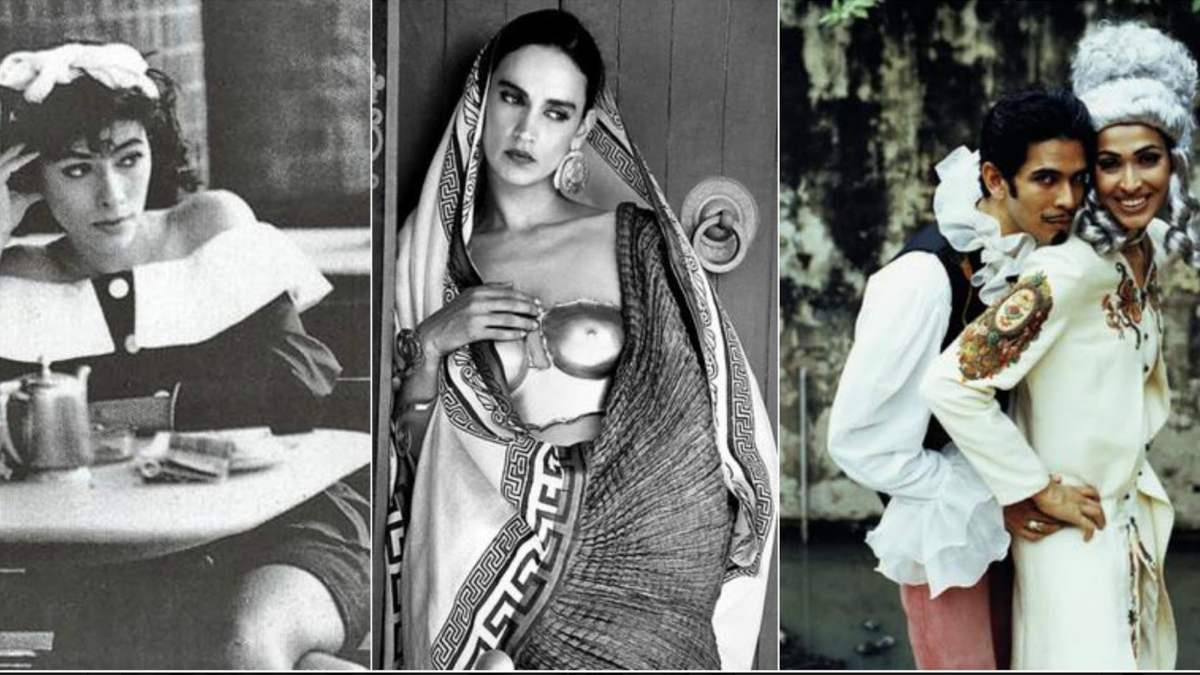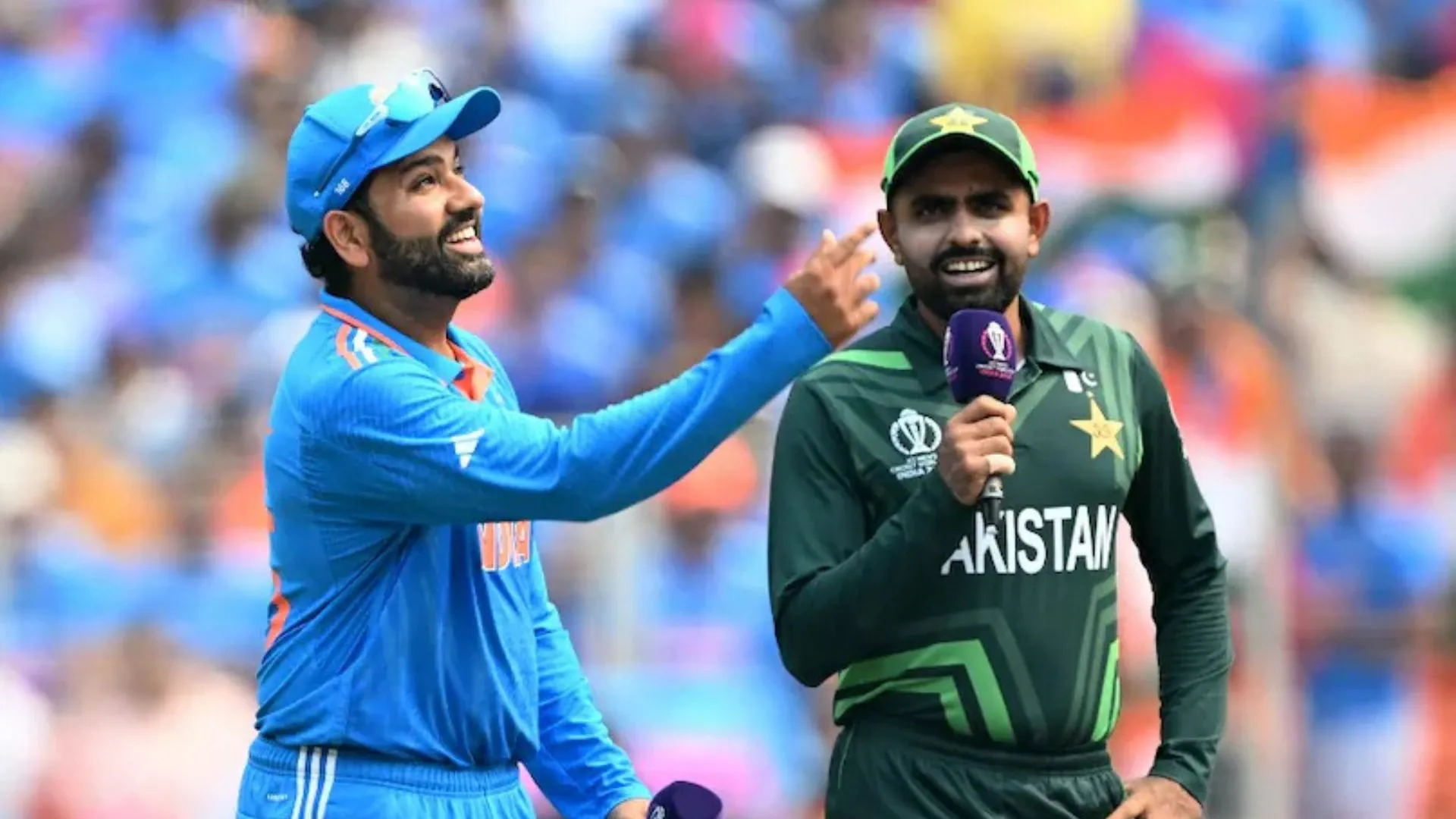The one place I never order from, wherever I might go, is McDonald’s. Nor do I enjoy anything that has been assembled like a clone. My disdain for assembly line fashion and couture weeks is in the public domain and my utter dismay at fashion being treated as great entertainment for glossy brands to piggyback on is known to all.
While I respect the immense contribution of the FDCI and its soul and spirit, Sunil Sethi, to the world of Indian fashion, I feel a little plucked at couturiers who have lost the zen to present their design story in their own ways on their chosen platform and time and before an audience that is 100% their choice. Yes, go ahead, call me old-school, but I am an ostrich with her head buried in the past.
I belong to the era when Aishwarya Rai looked stunningly different from Sushmita Sen. When Arjun Rampal exuded style and Milind Soman a ‘too hot to handle’ air. When you were initiated into a couture collection, layer by layer, by an artistically absorbed couturier who shared his design shenanigans over chai, champagne and finally, caviar. It was, after all, a full season of work and an ensemble created upwards from grey fabric. It needed to be unveiled, like a precious piece from Cartier or a recent piece of sculpture by Picasso.

This weekend, we go one step further to take couture to your computers, go digital, and allow you to sit on the front row, even when it is a rusted Bebe track pant you have on! Does that take the romance of it all a few notches down? Jolly well, it does! But does it excite the tiny techie inside you? Yes, yes. Does it democratise fashion? You bet. And does it allow you to connect with buyers across the globe? Oh, yeah. So, all in all, it is a win-win, and the best you can manage when Uncle Corona is still going ballistic knocking on every door.
Sitting safely (or so I am to believe) in the hills, I am reminiscing a few precious ‘sweet nothings’ of the masters who will show, starting today, most of whom I was lucky to know from the day they had begun.
Let us start with Suneet Varma, possibly the best looking of all designers to land back on the shores of his childhood from London. A truly cosmopolitan man, he was as happy catching up with you in fluent Punjabi on your landline in the morning as he was chatting away with his close friend Michael Aram. To Suneet’s credit goes the bringing in of fiercely classic dresses, the boat-neck black and white shift dress worn by Feroze Gujral, the straight-hemmed mini, the flow- ing frock with its cussed up bod- ice. In fact, he had most people shocked when he started calling himself ‘the frock maker’! With beads and baubles, crystals and threads, tulle and lamé — Suneet showed the way to a corset-clad Indian bride, catapulting to fame with the image of an ethereal Shyamolie Varma dressed in his metal corset that he actually created in a kiln at his pal Aram’s studio!
While Suneet went ‘West ahoy!’ with his look, it was not the route taken by artist and showman, JJ Valaya. I still recall meeting a dear friend Harmeet Bajaj in the NIFT campus (then housed in the Indira Gandhi Stadium) where she worked Ever since then, everything J.J. Valaya did was huge. To me, he is the only designer who has a camera parked inside his eyes. Some of the most amazing images of Kalyani Chawla, Sumiko Murgai, Madhu Sapre and Simar Duggal can be attributed to this self-made couturier. The one thing that always crosses my head when I think of him is the image of a Turk in an Ottoman empire feasting his eyes on the richness of art, textures and design.
If Valaya is scale, this soft-spoken couturier is like a whisper, a whiff, a half smile. Her innate ability is the prowess to create heritage pieces that are intense in their design bastions yet seem home town Kolkata. Anju is the youngest of nine sisters born to a rich family from Dhanbad. Few know that she started her business with zero money and a little baby in tow as a single mother. She grew with her grit and the sheer originality of her expression. Her passion for heritage and understanding of costume history is unparalleled.
Now, on to the enfant terrible of fashion — the one who challenged the saree, got girls to wear gowns, took pin tucks and plissé to another level and brought in the sexy cocktail gown look to Indian couture. Gaurav Gupta, a product of Central Saint Martins (he is the first designer from India to go to this exalted alter of design), an awarded designer from Italy and a young lad with a striking personal identity, was a winner even before he set foot on the start line.
However, this year, the one who has my heart is Rahul Mishra, a reservoir of design who is as deep inside as he is outside. He is a voice for the new India, a Woolmark winner, and the only Indian to show at the Paris Couture Week. My most lasting image of him is from the chance meeting I had with him in the hills where he was holidaying with his family in the cottage right next door. He sat all day in the lush green lawns as he added the elusive flora of Kumaon onto a sketch of a gown, insisting that that would be his 2018 look of couture. He under- stands surfaces, he experiments like a maestro and he takes the skill of embellishment to a level never explored before. Yes, he is the one I will be rooting for, as I sit on the couch for my couture journey this time.















